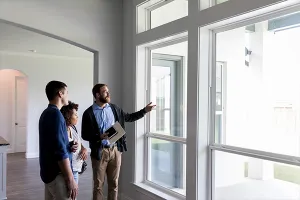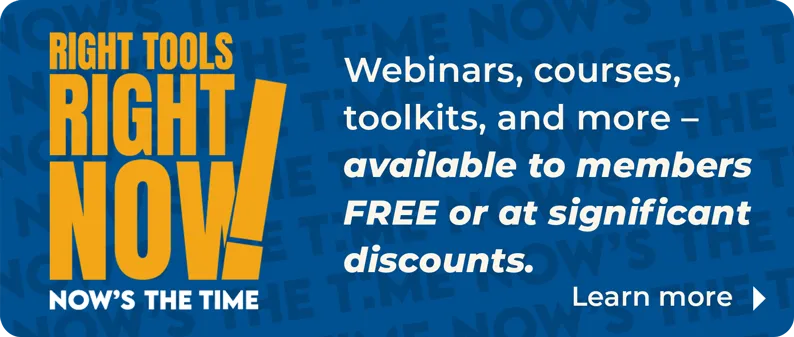
- The Home Affordable Refinance Program (HARP) was initiated in April of 2009 as a means for homeowners to take advantage of lower mortgage rates. Refinances have the double benefit of reducing the likelihood of default by making payments more affordable as well as boosting personal spending and the economy. Only homeowners with mortgages owned by Fannie Mae or Freddie Mac can participate in HARP.
- The program had limited initial success as the sharp price declines in the hardest hit areas resulted in average loan-to-value ratios above the program's cap of 125%. In December of 2011, this cap was eliminated and program participation surged, particularly among underwater borrowers.
- Not surprisingly, the top three states among underwater HARP refinances as a share of total refinances were Nevada, Florida, and Arizona. The wave of refinances has helped to stabilize the distressed market and home prices, in turn boosting homebuyer confidence and demand. However, it may also extend the time that owners stay in their homes past the 6-year historical average resulting in slower turnover and exacerbating inventory shortages.
- More information on local market trends is available in the 1st quarter Local Market Reports.








